Embarking on the journey of “how to grow grass from dirt” is a challenge, especially when starting with hard, unyielding soil.
This comprehensive guide outlines the essential steps to transform hard dirt into a lush, green lawn.
From conducting a vital soil test to understand your lawn’s specific needs, to core aeration and rototilling for soil preparation, every step is crucial.
The process also involves choosing the right grass seeds, proper watering, and timely fertilization to ensure healthy growth.
Regular mowing, an often underestimated step, plays a significant role in achieving a dense and vibrant lawn.
Each of these steps, when executed correctly, can turn even the hardest dirt into a fertile bed for grass to flourish.
Steps on How to Grow Grass from Dirt
Get A Soil Test Done
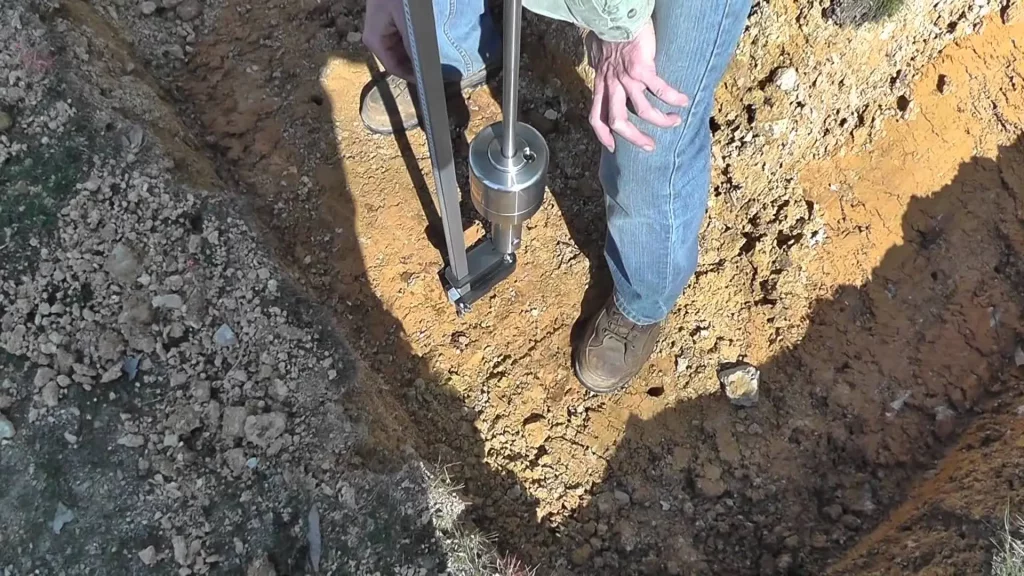
To successfully plant grass seed on hard dirt, the foremost step is conducting a soil test.
This critical analysis, which can be done in a laboratory, reveals the underlying reasons for your lawn’s soil hardening.
Much like diagnosing a medical condition, understanding the soil’s issues is essential for effective treatment.
Without this knowledge, efforts to rejuvenate the soil may be futile.
A soil test uncovers specific problems causing the hardening, such as nutrient deficiencies, pH imbalances, or compacted layers.
With these insights, you can take targeted actions to restore soil health.
This might involve adjusting pH levels, adding specific nutrients, or aerating the soil to reduce compaction.
Only with a clear understanding of the soil’s condition can you effectively convert the hard dirt back into fertile ground, ideal for growing lush, healthy grass.
This approach ensures that your efforts in planting grass seeds on hard dirt are as efficient and successful as possible.
Topsoil or Core Aeration
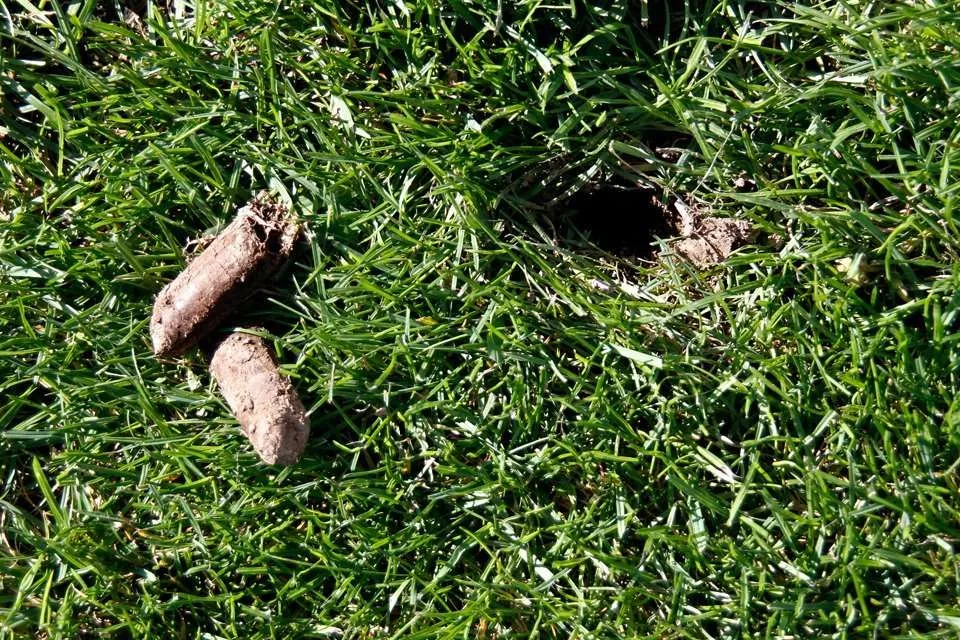
To grow grass from dirt, especially when dealing with hard soil, understanding the root causes of soil compaction is crucial.
Hard dirt often results from inadequate oxygen and sunlight exposure, leading to a dry and tough topsoil layer.
This condition obstructs the penetration of water, nutrients, and light, essential for healthy soil.
The first step in remedying this is core aeration, a vital process in preparing hard dirt for grass seed planting.
Core aeration involves creating cylindrical holes in the soil, which facilitate the passage of water, nutrients, and sunlight to the deeper layers.
This process can be done manually or with machines, aiming to reach at least 3 inches deep.
These holes allow essential elements to reach the inner soil, promoting fertility.
Regular core aeration is universally beneficial for maintaining soil health, regardless of the specific issues your lawn might face.
It not only prepares the soil for seeding but also enhances its overall quality, making it more conducive to growing grass from dirt.
This step is fundamental in transforming hard dirt into a fertile ground for a lush, green lawn.
Dealing with Hard Ground
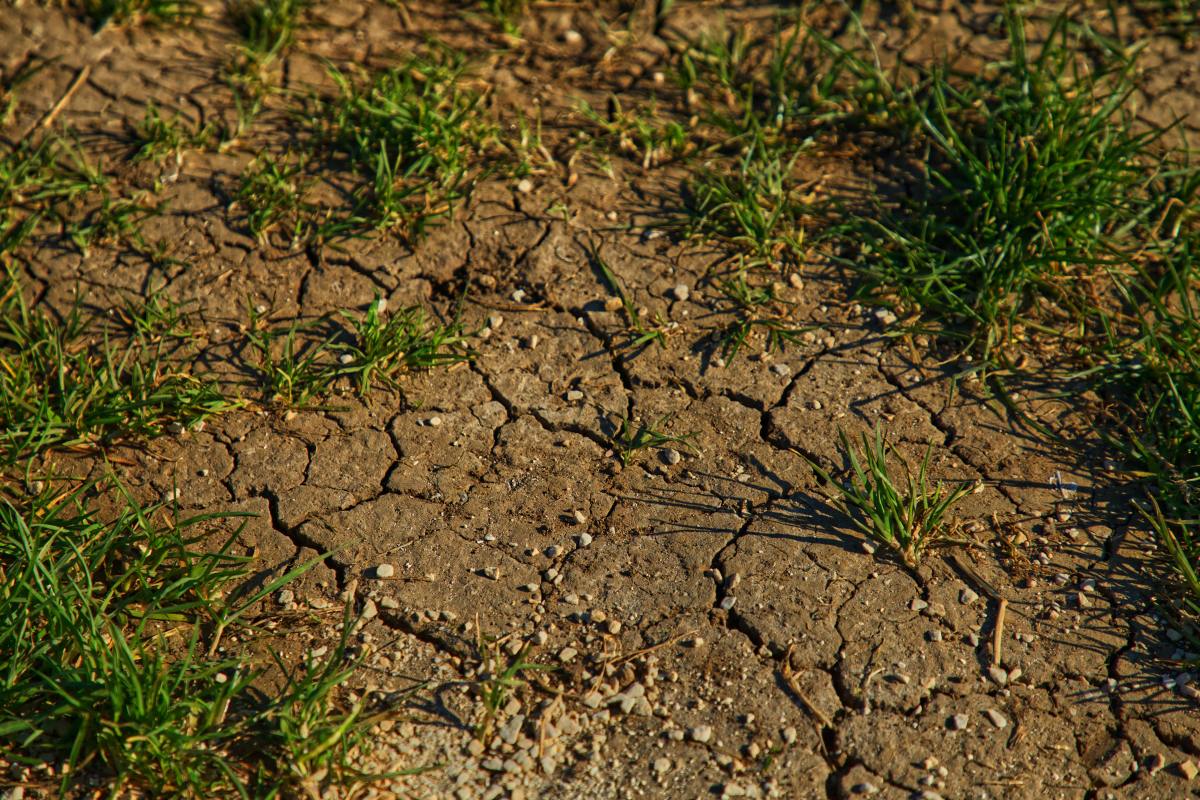
When tackling extremely hard lawn soil, core aeration might not suffice for the task of “how to grow grass from dirt.” In cases where the soil becomes excessively compacted, preventing grass growth even after aeration, a more intensive approach is required.
This is where rototilling comes into play, a step beyond core aeration.
Rototilling is a deeper, more aggressive form of soil aeration. It involves using a rototiller, a powerful machine that breaks up the soil more effectively than standard aeration tools.
This process is essential for severely hardened soil, as it allows for the essential penetration of sunlight, air, and nutrients.
While rototilling can be done manually, the physical effort is considerable. Therefore, using a rototiller machine is often the more practical choice.
Although not commonly owned by most lawn owners due to its size and infrequent use, a rototiller can be rented when necessary.
This tool is crucial for preparing hard dirt for grass seed planting, transforming the compacted soil into a fertile bed, conducive for lush grass growth.
Add Compost to The Soil
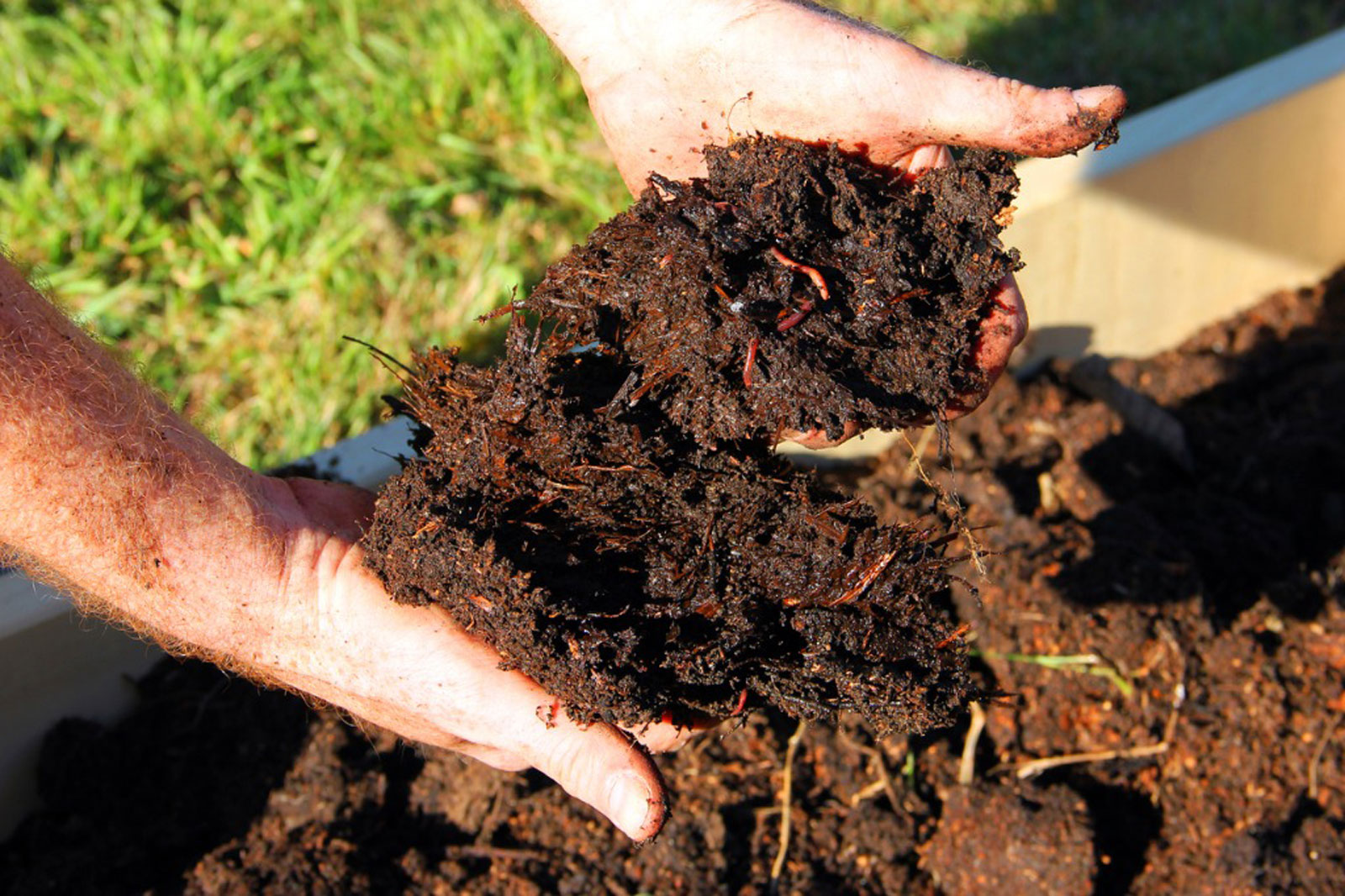
Particularly when dealing with hard soil, starts with a soil test.
This initial step identifies the specific lacks and deficiencies in your lawn’s soil, guiding you on the appropriate fertilizers to use.
Once you’ve aerated the soil through core aeration or rototilling, composting becomes the next crucial step.
Composting is vital in revitalizing hard dirt, which often suffers from nutrient, sunlight, and air deficiencies.
Before sowing grass seeds, generously adding compost to the aerated soil is essential to restore its health.
This step enriches the soil, providing the necessary nutrients for grass growth.
When incorporating compost, it’s important to choose the right type and mix it thoroughly into the soil.
The compost should be integrated up to 10 to 18 inches deep using hand tools to ensure even distribution.
Properly composted soil creates an ideal environment for grass seeds to germinate and thrive, transforming hard dirt into a fertile, lush lawn.
Plant the Soil
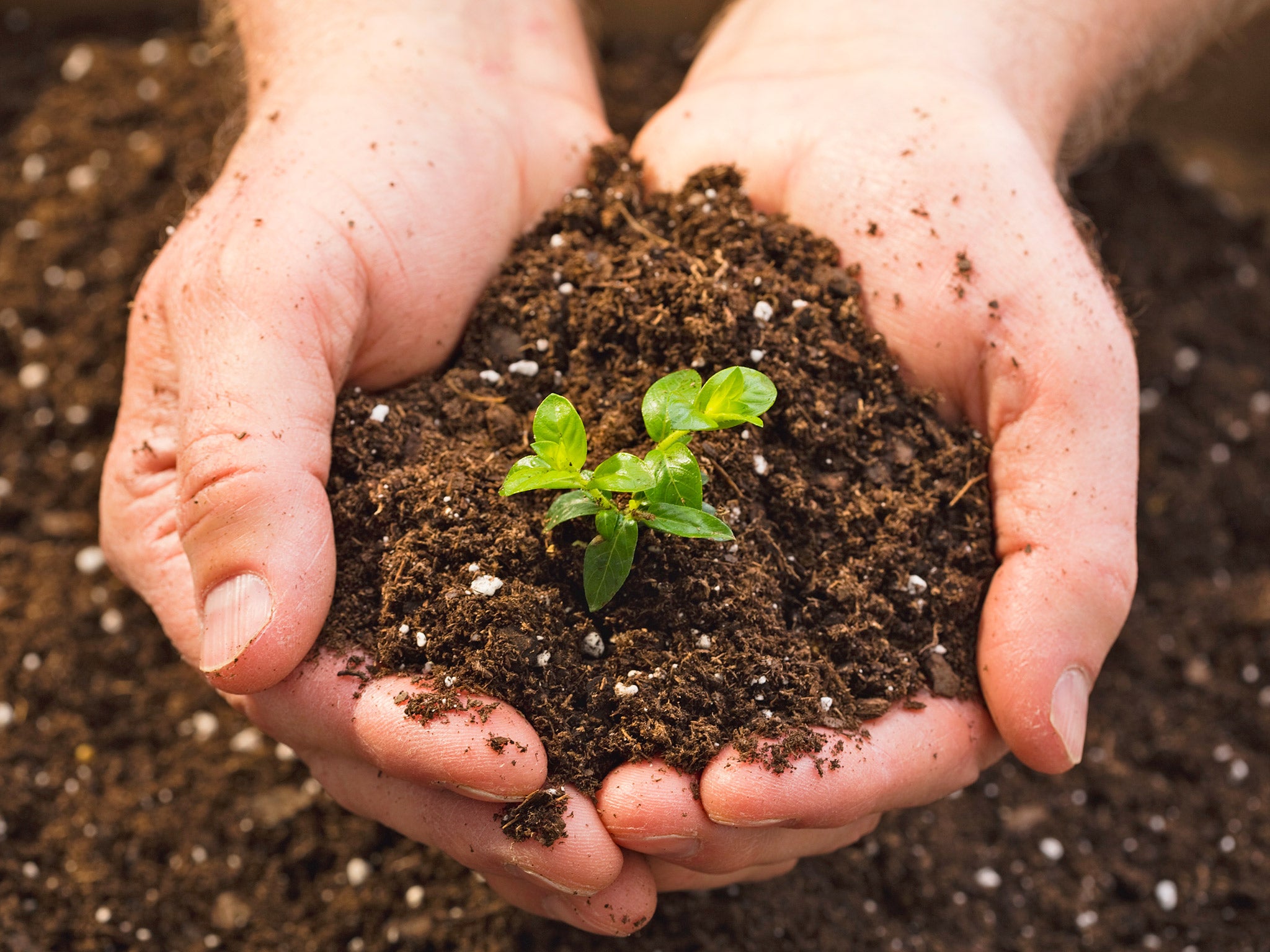
After preparing the soil, selecting the right grass seed becomes crucial. Your lawn’s soil type dictates which grass variety will thrive best.
With suitable seeds and well-prepared soil, you’re set to create an ideal environment for grass growth.
The planting technique is key. An effective method involves dividing your grass seeds into two halves. Sow the first half in rows parallel to your lawn’s usual mowing direction.
Then, plant the second half perpendicular to the first, creating a crisscross pattern.
This simple yet efficient approach ensures even coverage and promotes a uniformly lush lawn.
Once the seeds are sown, covering them is the next step. While using your existing soil is an option, it’s often better to purchase natural topsoil from a reputable source.
Ensure this topsoil is free of chemicals to avoid harming the seeds. Covering the seeds with quality topsoil protects them and provides a nutrient-rich environment, fostering healthy grass growth on previously hard dirt.
Watering
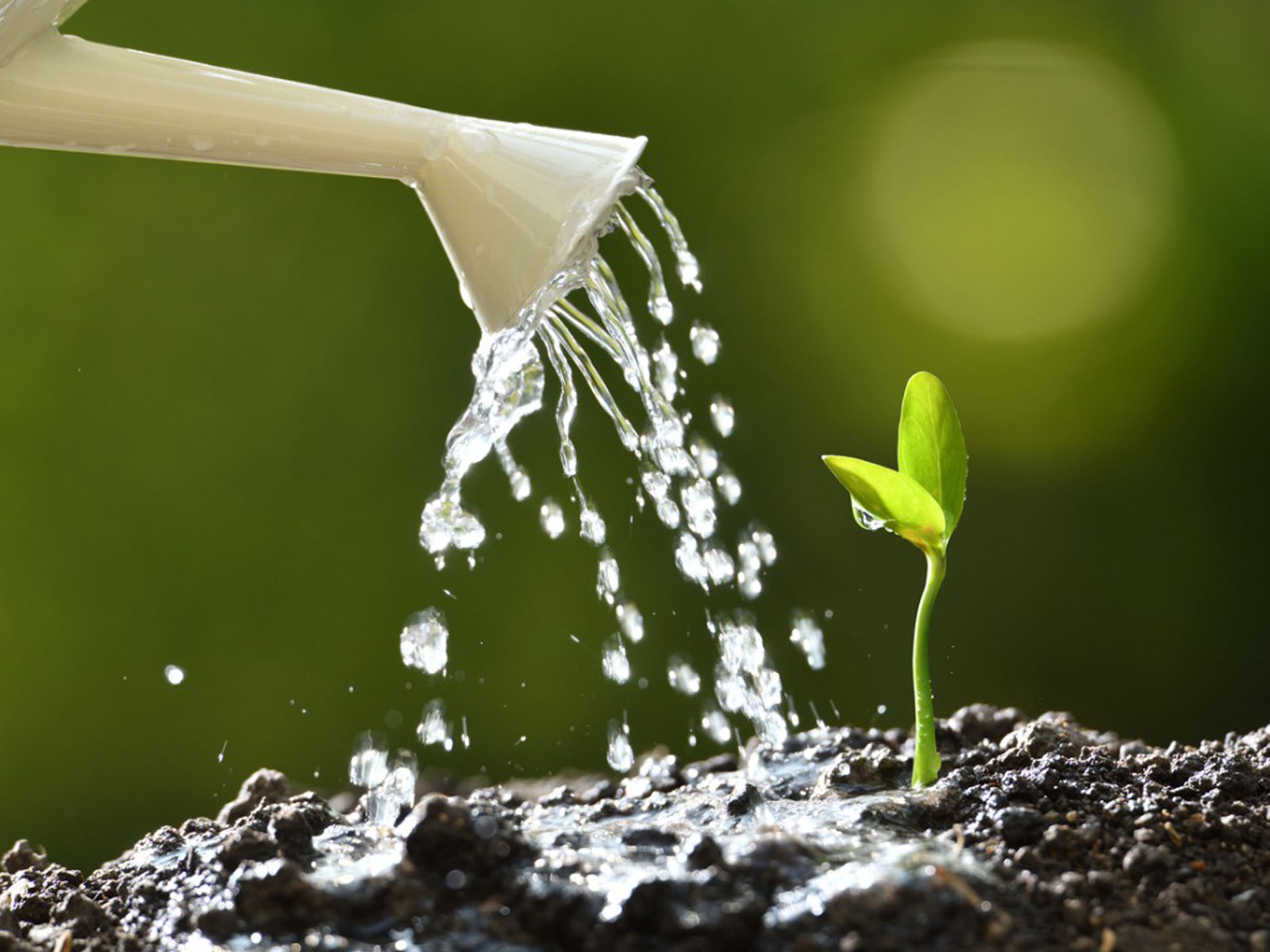
Watering is an indispensable step in the journey of “how to grow grass from dirt.” It’s not just crucial for planting grass seeds but essential for the growth of all plants and life. Once the seeds are sown, the focus shifts to proper hydration.
Initially, water the newly planted seeds gently. Use a watering can to moisten the topsoil just enough, avoiding over or under-watering.
Consistency is key; maintain the soil’s moisture by ensuring the top 1 inch remains damp until germination occurs.
As the seeds start to sprout, adjust your watering strategy to keep the top 2 inches of soil moist until the grass reaches about 3 inches in height.
Post-germination, the watering routine can be reduced to twice a week. Each watering session should be thorough, soaking the soil to a depth of at least 6 inches.
This encourages the grass roots to grow deeper, resulting in a stronger, more resilient lawn.
Proper watering is essential for transforming hard dirt into a lush, green space.
Fertilize the Grass
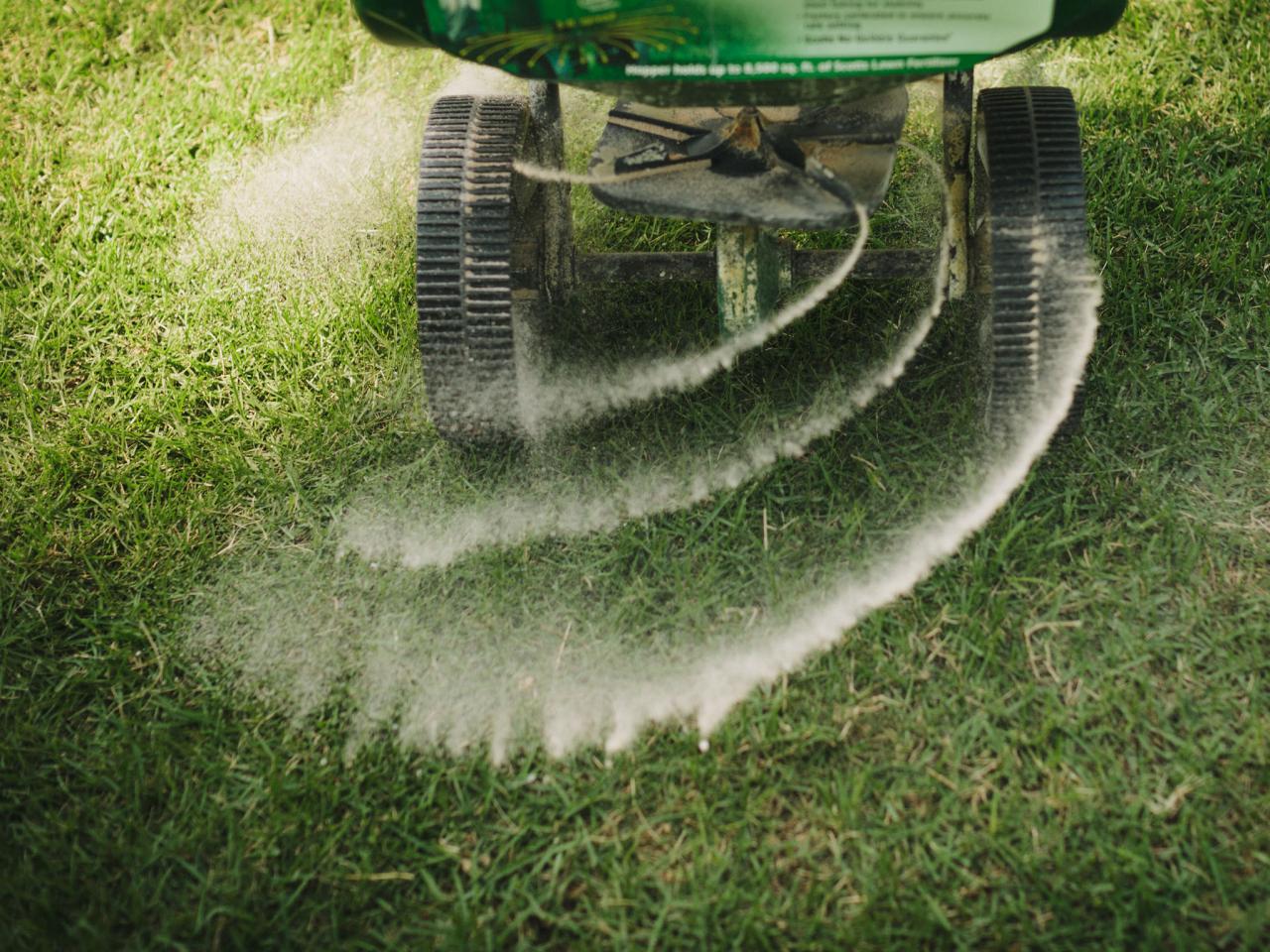
Transforming hard dirt into a fertile lawn requires more than just watering and seeding; fertilization plays a pivotal role.
Initially, your lawn’s soil lacked the necessary nutrients, being hard dirt. After seeding and watering, the next crucial step is fertilizing to ensure successful grass growth.
Nutrients are as vital for plants as they are for humans. Fertilization provides the essential nourishment needed for the newly germinated grass to thrive.
The ideal time to fertilize is when the seeds begin to transform into grass. This boosts their growth and health.
The application of fertilizer can be done either by spraying a liquid solution or sprinkling a powdered form. Generally, 1/2 to 1 pound of fertilizer per 1,000 square feet is sufficient.
The exact amount depends on the specific needs and condition of your lawn’s soil. Proper fertilization ensures that the soil, once hard dirt, becomes a nutrient-rich foundation, fostering the growth of a lush, green lawn.
Mow
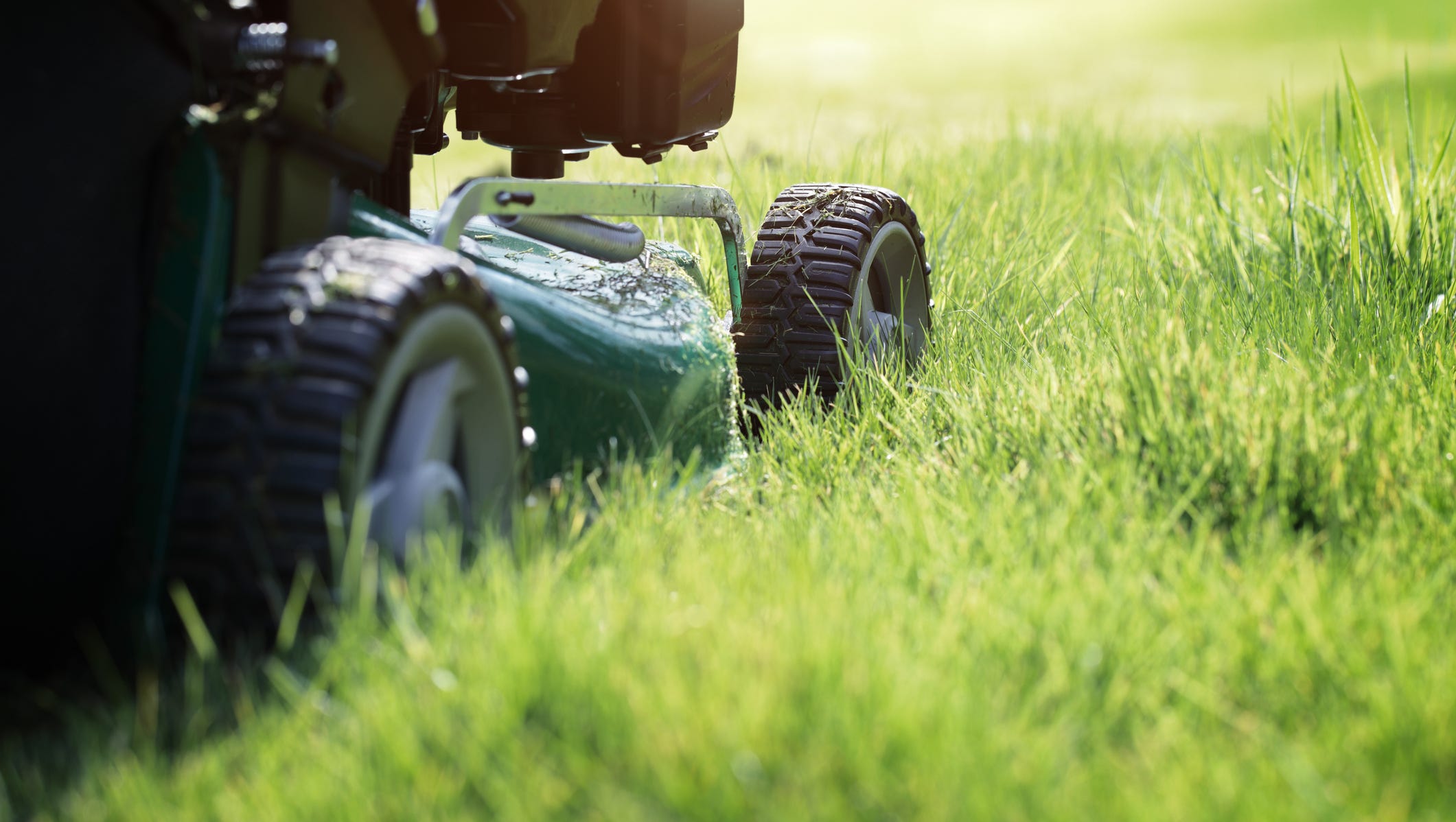
Mowing is a critical component in nurturing grass, particularly when it’s grown on previously hard dirt.
Many overlook that regular mowing not only maintains the lawn’s aesthetic but also stimulates healthier grass growth.
Once your grass reaches about 3 inches in height, post-fertilization, it’s the opportune time to start mowing.
Regular mowing does more than just keep the lawn looking neat; it encourages denser growth and healthier grass.
This practice is essential for achieving a lush, vibrant lawn, especially for grass that originated from hard dirt conditions.
The method of mowing can vary based on personal preference. There are manual tools for those who prefer a hands-on approach.
These require more physical effort but offer a sense of control and connection with the lawn.
Alternatively, there are automatic machines that make the job easier and quicker, delivering efficient and satisfying results.
Whether manual or automatic, the key is consistent mowing to ensure the optimal health and appearance of your grass.
Conclusion
Successfully growing grass from hard dirt requires a series of well-planned and executed steps.
This guide provides a roadmap to revitalize your lawn, starting with a soil test and moving through core aeration, seed selection, watering, and fertilization.
The process doesn’t end with planting; ongoing care through regular mowing and maintenance is essential.
By following this guide of ‘how to grow grass from dirt’, you can transform a barren patch of hard dirt into a thriving, green oasis.
Share your experiences and successes as you embark on this rewarding journey of lawn revitalization, and watch as your hard dirt becomes a lush, grassy landscape.

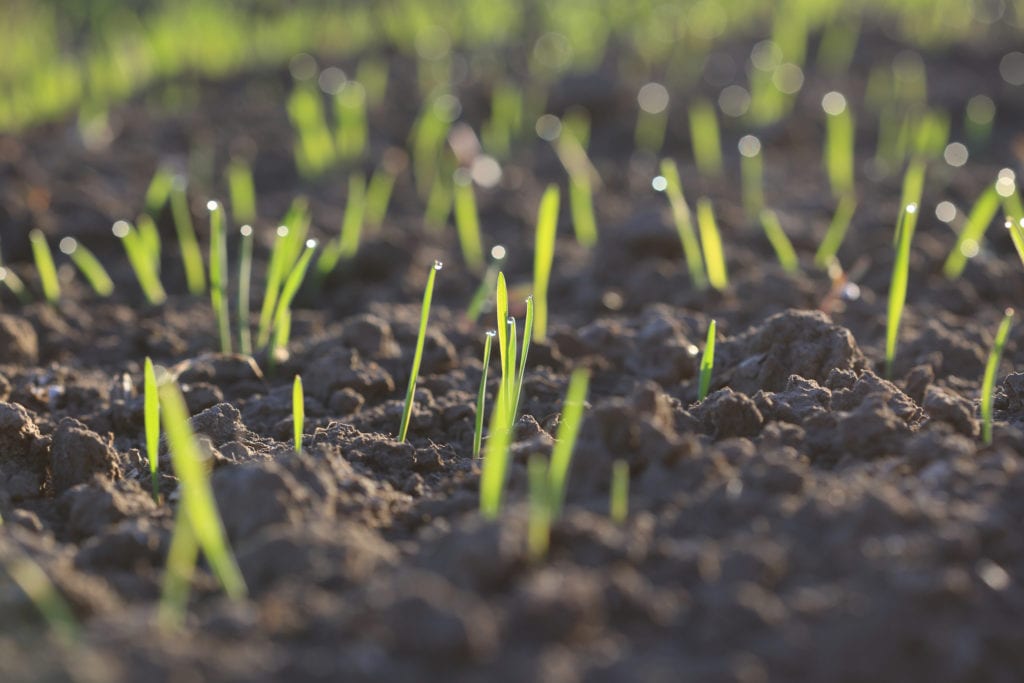
Wtf language is this?
English